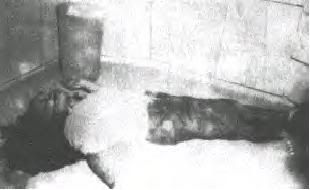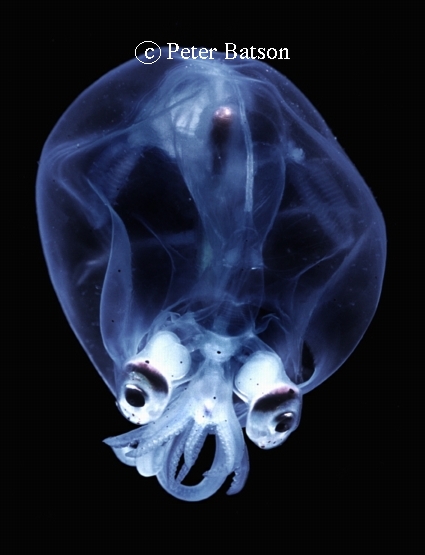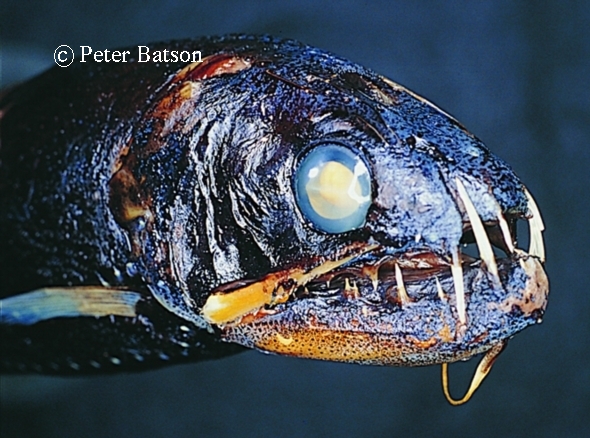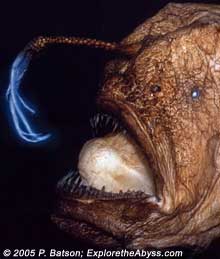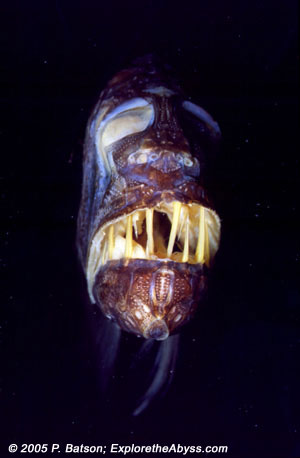Post photographs.
- Thread starter 2-0-Sixx
- Start date
2-0-Sixx said:

A Serb soldier flashes the victory sign. Croatia 1991
In Australia it is constantly on the news like 'AT THE SOCCER MATCH ONE OF THE PLAYERS WAS DISPLAYING A SERBIAN WAR SIGN AT THE CROATIAN PUBLIC WHO LOST FAMILY IN THE EARLY 90'S WAR'.
WASHINGTON - It has the face of a rat and the tail of a skinny squirrel — and scientists say this creature discovered living in central Laos is pretty special: It's a species believed to have been extinct for 11 million years.
ADVERTISEMENT
The long-whiskered rodent made international headlines last spring when biologists declared they'd discovered a brand new species, nicknamed the Laotian rock rat.
It turns out the little guy isn't new after all, but a rare kind of survivor: a member of a family until now known only from fossils.
Nor is it a rat. This species, called Diatomyidae, looks more like small squirrels or tree shrews, said paleontologist Mary Dawson of Pittsburgh's Carnegie Museum of Natural History.
Dawson, with colleagues in France and China, report the creature's new identity in Friday's edition of the journal Science.
The resemblance is "absolutely striking," Dawson said. As soon as her team spotted reports about the rodent's discovery, "we thought, 'My goodness, this is not a new family. We've known it from the fossil record.'"
They set out to prove that through meticulous comparisons between the bones of today's specimens and fossils found in China and elsewhere in Asia.
To reappear after 11 million years is more exciting than if the rodent really had been a new species, said George Schaller, a naturalist with the Wildlife Conservation Society, which unveiled the creature's existence last year. Indeed, such reappearances are so rare that paleontologists dub them "the Lazarus effect."
"It shows you it's well worth looking around in this world, still, to see what's out there," Schaller said.
The nocturnal rodent lives in Laotian forests largely unexplored by outsiders, because of the geographic remoteness and history of political turmoil.
Schaller calls the area "an absolute wonderland," because biologists who have ventured in have found unique animals, like a type of wild ox called the saola, barking deer, and never-before-seen bats. Dawson describes it as a prehistoric zoo, teeming with information about past and present biodiversity.
All the attention to the ancient rodent will be "wonderful for conservation," Schaller said. "This way, Laos will be proud of that region for all these new animals, which will help conservation in that some of the forests, I hope, will be preserved."
Locals call the rodent kha-nyou. Scientists haven't yet a bagged a breathing one, only the bodies of those recently caught by hunters or for sale at meat markets, where researchers with the New York-based conservation society first spotted the creature.
Now the challenge is to trap some live ones, and calculate how many still exist to tell whether the species is endangered, Dawson said.
ADVERTISEMENT
The long-whiskered rodent made international headlines last spring when biologists declared they'd discovered a brand new species, nicknamed the Laotian rock rat.
It turns out the little guy isn't new after all, but a rare kind of survivor: a member of a family until now known only from fossils.
Nor is it a rat. This species, called Diatomyidae, looks more like small squirrels or tree shrews, said paleontologist Mary Dawson of Pittsburgh's Carnegie Museum of Natural History.
Dawson, with colleagues in France and China, report the creature's new identity in Friday's edition of the journal Science.
The resemblance is "absolutely striking," Dawson said. As soon as her team spotted reports about the rodent's discovery, "we thought, 'My goodness, this is not a new family. We've known it from the fossil record.'"
They set out to prove that through meticulous comparisons between the bones of today's specimens and fossils found in China and elsewhere in Asia.
To reappear after 11 million years is more exciting than if the rodent really had been a new species, said George Schaller, a naturalist with the Wildlife Conservation Society, which unveiled the creature's existence last year. Indeed, such reappearances are so rare that paleontologists dub them "the Lazarus effect."
"It shows you it's well worth looking around in this world, still, to see what's out there," Schaller said.
The nocturnal rodent lives in Laotian forests largely unexplored by outsiders, because of the geographic remoteness and history of political turmoil.
Schaller calls the area "an absolute wonderland," because biologists who have ventured in have found unique animals, like a type of wild ox called the saola, barking deer, and never-before-seen bats. Dawson describes it as a prehistoric zoo, teeming with information about past and present biodiversity.
All the attention to the ancient rodent will be "wonderful for conservation," Schaller said. "This way, Laos will be proud of that region for all these new animals, which will help conservation in that some of the forests, I hope, will be preserved."
Locals call the rodent kha-nyou. Scientists haven't yet a bagged a breathing one, only the bodies of those recently caught by hunters or for sale at meat markets, where researchers with the New York-based conservation society first spotted the creature.
Now the challenge is to trap some live ones, and calculate how many still exist to tell whether the species is endangered, Dawson said.












